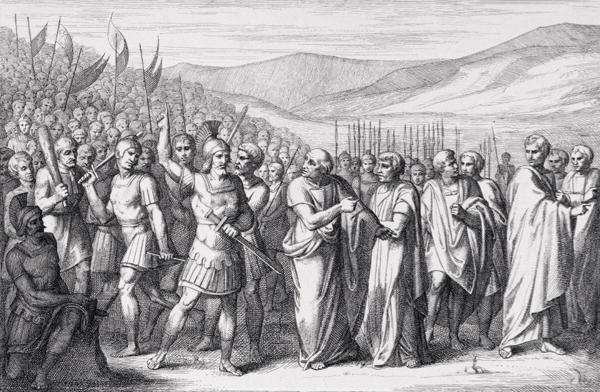These days, if regular people want to make a statement to their higher-ups, they go on strike. In Ancient Rome, they had a much different approach.
The Plebs And Goliath
Ancient Rome's main hierarchy was between the plebeians, or the commoners, and the patricians, the ruling class. As you might imagine, these two didn't always get along. When that happened, the plebs came up with a bizarre and hilarious solution to keep the patricians in line.
In something they called "secessio plebis," all the commoners of Rome would completely abandon the city during these times of trouble as an act of protest. That might seem ineffective, but oh boy did it work. Since there were now no plebs in Rome, the entire city's workforce ground to a halt.
 B. Barloccini, Wikimedia Commons
B. Barloccini, Wikimedia Commons
Stores, workshops, and the vast majority of commercial transactions shut down. More than that, the plebs left the patricians to fend for themselves. This let them get a taste of what life would really be like without the working class. Turns out? That life wasn't so great, and secessions often ended with the plebs getting what they wanted.
Score One For The Little Guys
In the very first secession of 494 BC, for example, the plebs took offense at the government's mistreatment of plebeian debtors. The state would often protect powerful money-lenders, who regularly beat or imprisoned these debtors. Until, that is, someone had the big idea for a little secessio plebis.
These debtor disputes had lasted months, but now it took no time at all for the senate to free debtors and entice the plebs back into the city. In the aftermath, the senate also created a government position specifically for plebeians, the first of its kind.
Secessio plebis was so effective, the plebs reportedly did the same thing four more times over the two centuries between 494 BC and 287 BC. Not bad for the little guys.







